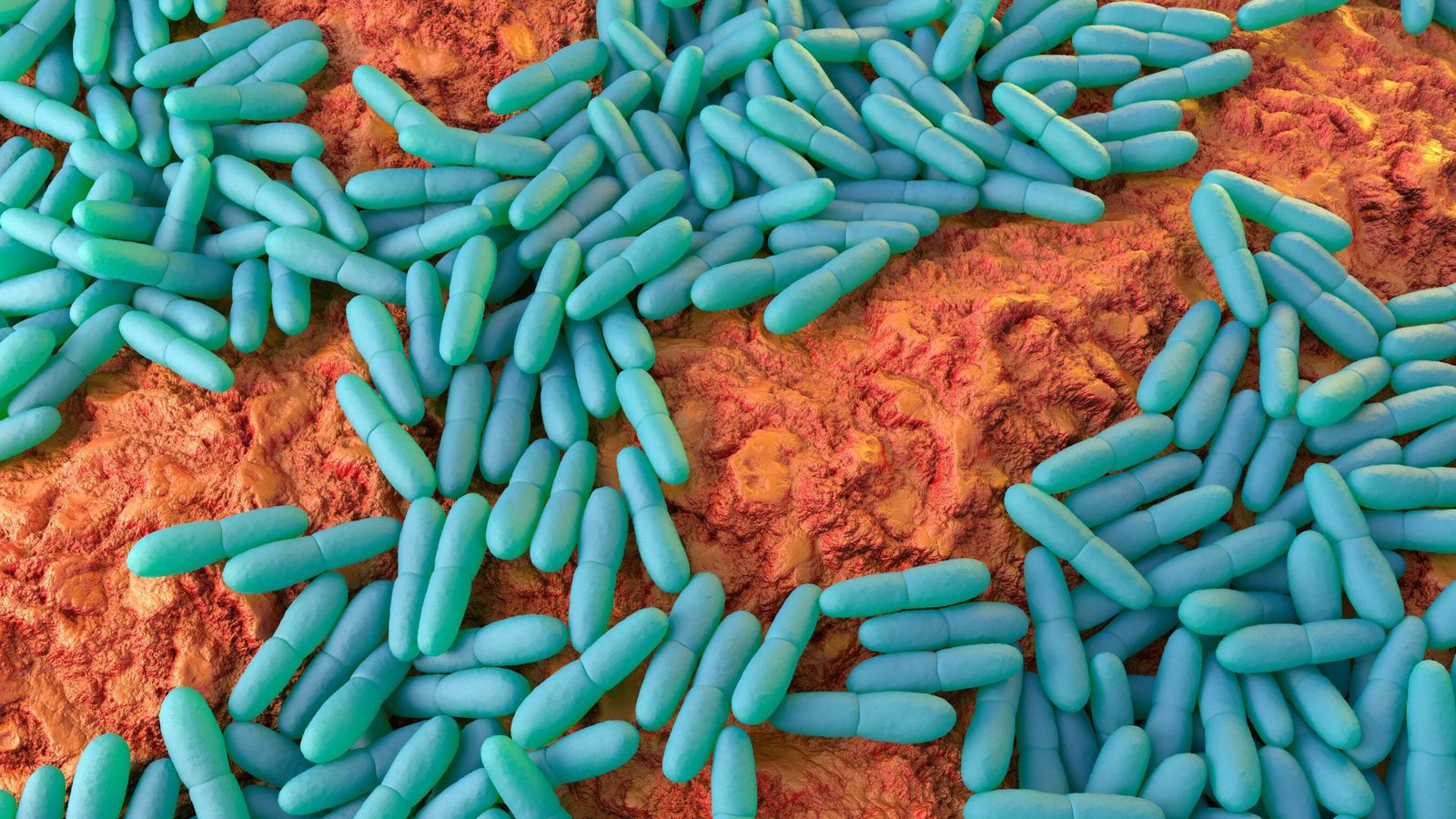Leprosy bacteria may have the ability to grow and regenerate livers in a breakthrough that could replace the need for transplants of the organ, research has found.
Scientists have discovered the parasite which causes the disease can reprogramme cells to increase the size of a liver in adult animals without causing damage, scarring or tumours.
This natural process could possibly be adapted to renew ageing livers and increase healthspan – the length of time living disease-free – in humans, the findings suggest.
Experts say the process could also help regrow damaged livers, reducing and potentially replacing the need for transplantation.
A transplant is currently the only option for people with end-stage scarred livers.
The paper, published in the Cell Reports Medicine journal, reads: “Understanding how regenerative machinery can be engaged de novo (from the beginning) will provide paradigm-shifting adult organ regrowth and rejuvenation clinical strategies that could reduce or replace transplantation.”
Professor Anura Rambukkana, the report’s lead author from the University of Edinburgh’s Centre for Regenerative Medicine, said: “If we can identify how bacteria grow the liver as a functional organ without causing adverse effects in living animals, we may be able to translate that knowledge to develop safer therapeutic interventions to rejuvenate ageing livers and to regenerate damaged tissues.”
Previous studies promoted the regrowth of mouse livers by generating cells via an invasive technique that often resulted in scarring and tumour growth.
To overcome these harmful side effects, Edinburgh researchers built on their previous discovery of the partial cellular reprogramming ability of the leprosy-causing bacteria, Mycobacterium leprae.
Working with the US Department of Health and Human Services in Baton Rouge, Louisiana, the team infected 57 armadillos – a natural host of leprosy bacteria – with the parasite and compared their livers with those of uninfected armadillos and those that were found to be resistant to infection.
They found the infected animals developed enlarged – yet healthy and unharmed – livers with the same vital components, such as blood vessels and bile ducts, as the uninfected and resistant armadillos.
Researchers believe the bacteria hijacked the inherent regenerative ability of the liver to increase the organ’s size and, therefore, to provide it with more cells within which to increase.
They also discovered several indicators that the main kinds of liver cells – known as hepatocytes – had reached a rejuvenated state in the infected animals.
Researchers are hopeful the discovery has the potential to help develop interventions for ageing and damaged livers in humans.
Dr Zania Stamataki, associate professor at the Centre for Liver and Gastrointestinal Research at the University of Birmingham, said: “This is exciting research and unusual in that it shows liver growth in the absence of liver injury.
“This research represents an innovative example where we can use microbes as tools to understand biology.”
Read more from around Sky News:
Rising energy and food bills tip inflation to highest level since 1981 at 11.1%
Kevin Spacey faces further seven sexual assault charges
Donald Trump announces he will run to become US president again in 2024
Dr Darius Widera, associate professor in stem cell biology and regenerative medicine at the University of Reading, said: “Overall, the results could pave the way for new therapeutic approaches to the treatment of liver diseases such as cirrhosis.
“However, as the research has been done using armadillos as model animals, it is unclear if and how these promising results can translate to the biology of the human liver.
“Moreover, as the bacteria used in this study are disease-causing, substantial refinement of the methods would be required prior to clinical translation.”
Leprosy is one of the world’s oldest and persistent diseases which can result in the crippling of the hands and feet.
The disease can also affect the nerves, skin, eyes, and lining of the nose, according to the Centers for Disease Control and Prevention (CDC).







